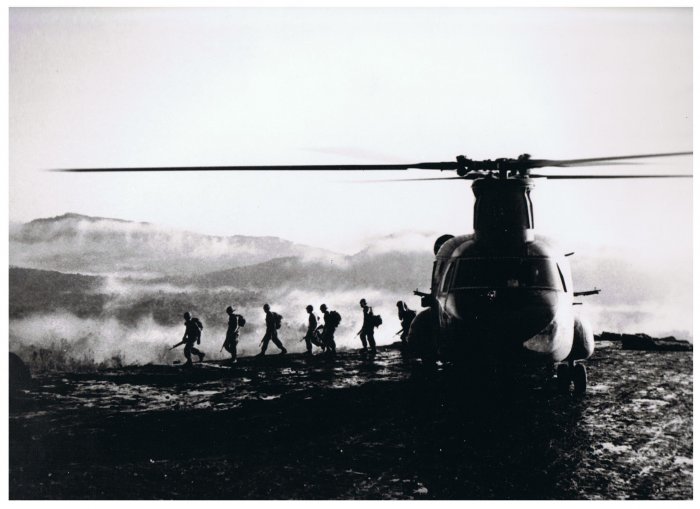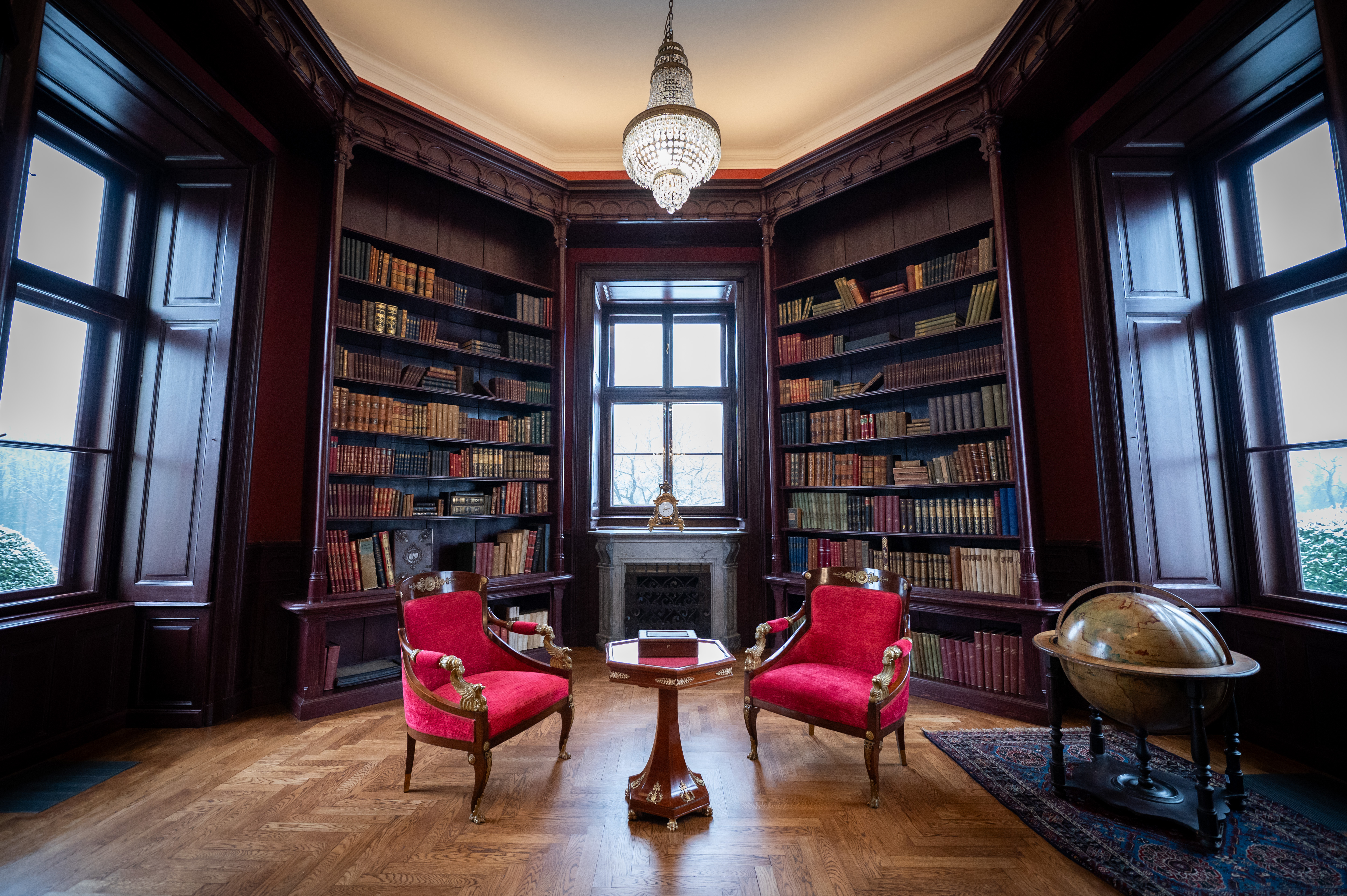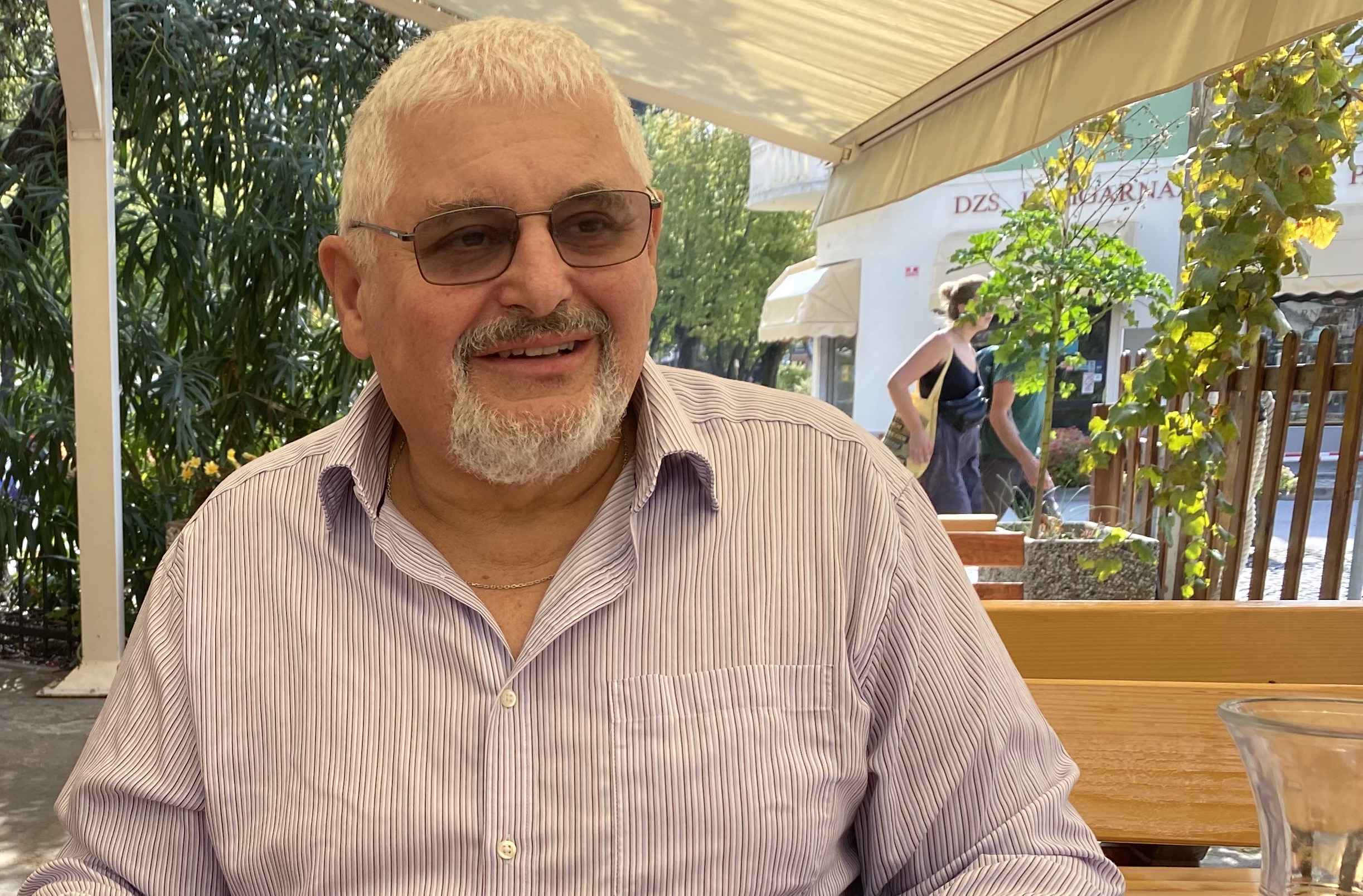Vietnam 50 Years Later: a Combat Photographer Remembers

Laszlo Kondor
As a season opener, the Hungarian Museum of Photography in Kecskemét is staging an exhibition of images taken by Hungarian- American combat photographer László Kondor during the Vietnam War. The exhibition runs September 1-29.
Between 1969 and 1972, Hungarian-born Kondor served in the U.S. Army as a combat photographer in Vietnam. He wore a uniform and carried a gun as he traveled through the unfamiliar landscape, taking his camera into the life of the American soldier and the consequences of the war, embedded access which was integral to his viewpoint, according to a press release sent to the Budapest Business Journal.
Kondor’s photographs offer us a look at the impact of the war on the young soldiers and rarely seen photographs of the Vietnamese people caught up in the conflict.
“Kondor focused on essential moments though he might have been in the field for months,” says the press release. “He did not work under the daily pressure for breaking news, such as Associated Press and Reuter’s photographers. These are stories that unfold slowly, painfully or humorously.”
The exhibition was originally created in 1995, some 20 years after the Fall of Saigon, when Kondor selected and printed photographs for a show in Chicago.
“It was an act of healing; watching the full-frame prints emerge in my darkroom, I experienced a wave of visual and emotional excitement, which from the safe perspective of time was slowly becoming understandable,” recalled the photographer.
The American public reaction was overwhelmingly positive and in 1996, a master set was acquired for the National Veterans Art Museum (NVAM) in Chicago.
“László Kondorʼs photographs of the Vietnam War are an integral part of the National Veterans Art Museumʼs collection,” said Destinee Oitzinger, NVAM gallery coordinator. “Kondorʼs photos capture the inexorable horrors and anxieties of wartime, as well as the enduring moments of camaraderie, empathy, and innocence of both the American soldiers and Vietnamese civilians, caught in the middle of this arduous conflict.”
Balázs Zoltán Tóth, curator of the Hungarian Museum of Photography, described Kondor’s photographs, especially those taken as a combat photographer in Vietnam, as the true realization of the famous quote of Hungarian war photographer Robert Capa: “If your pictures aren’t good enough, you aren’t close enough.”
A refugee from the 1956 Hungarian Uprising, Kondor ultimately made his way to Chicago in 1961. Educated as a political scientist at the University of Chicago, he turned to photojournalism. He was a witness to a time of great civil unrest in America and the biggest photographic opportunity of the decade, the Vietnam War.
Returning after the war in 1972, Kondor became the official photographer to iconic Chicago Mayor Richard J. Daley and opened his own fine art studio in 1978. He returned to Hungary in 1996 and now lives in Kapolcs, western Hungary, with his American wife.
The Hungarian Museum of Photography is located at Katona József tér 12, Kecskemét. Opening hours Tuesday-Saturday, 12 noon-5 p.m.
SUPPORT THE BUDAPEST BUSINESS JOURNAL
Producing journalism that is worthy of the name is a costly business. For 27 years, the publishers, editors and reporters of the Budapest Business Journal have striven to bring you business news that works, information that you can trust, that is factual, accurate and presented without fear or favor.
Newspaper organizations across the globe have struggled to find a business model that allows them to continue to excel, without compromising their ability to perform. Most recently, some have experimented with the idea of involving their most important stakeholders, their readers.
We would like to offer that same opportunity to our readers. We would like to invite you to help us deliver the quality business journalism you require. Hit our Support the BBJ button and you can choose the how much and how often you send us your contributions.









